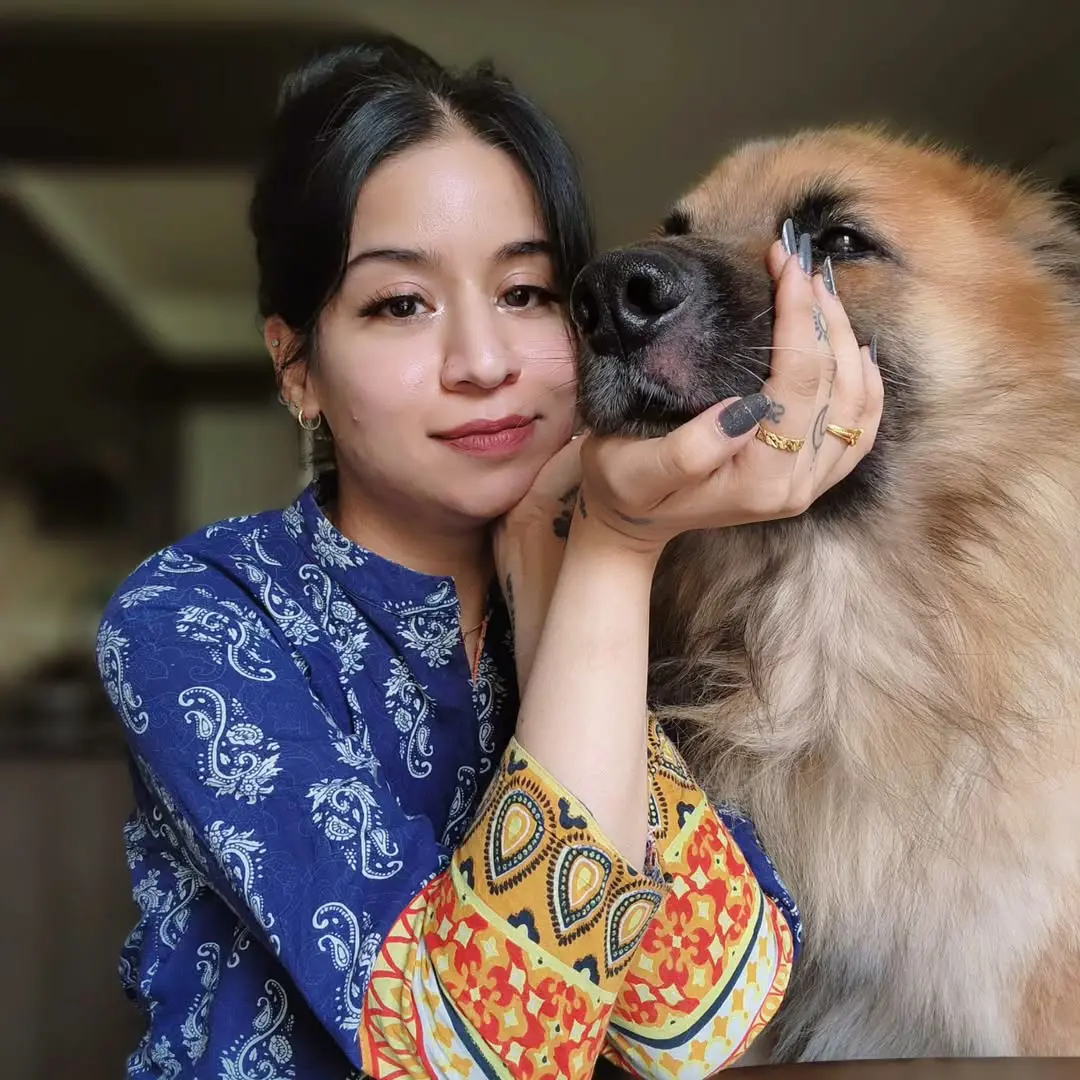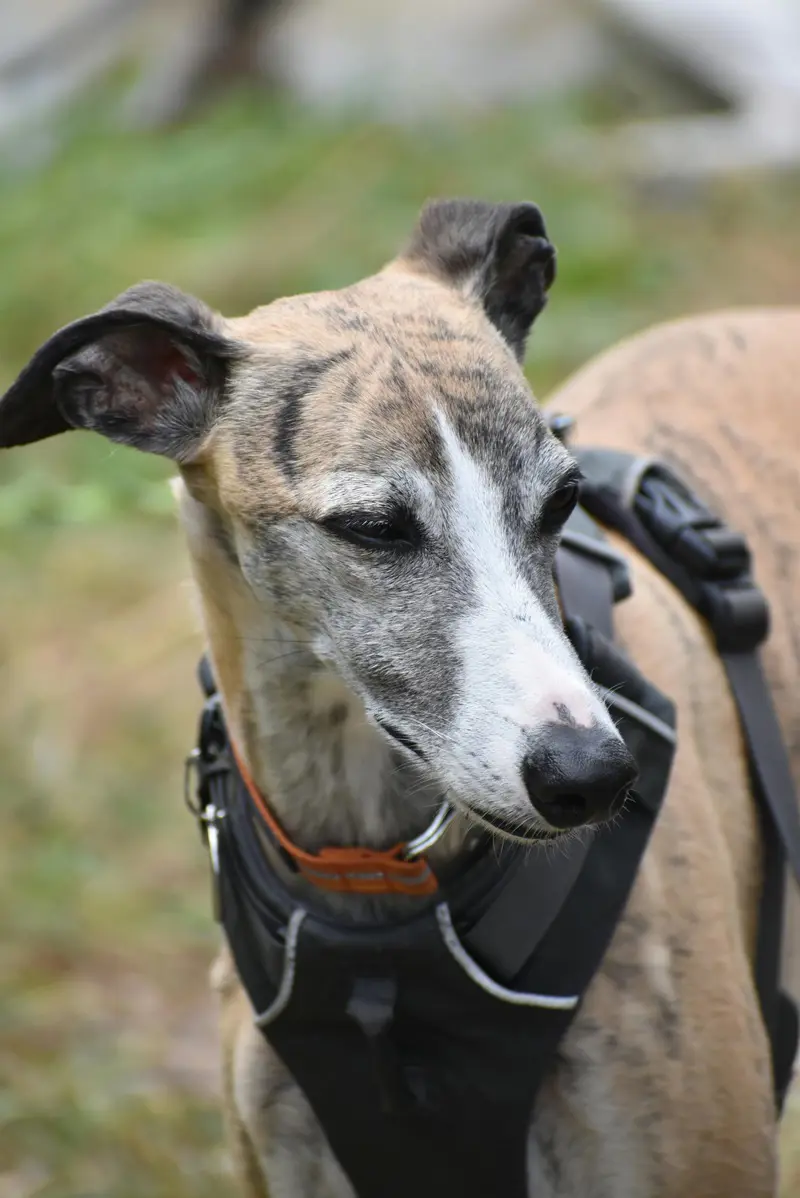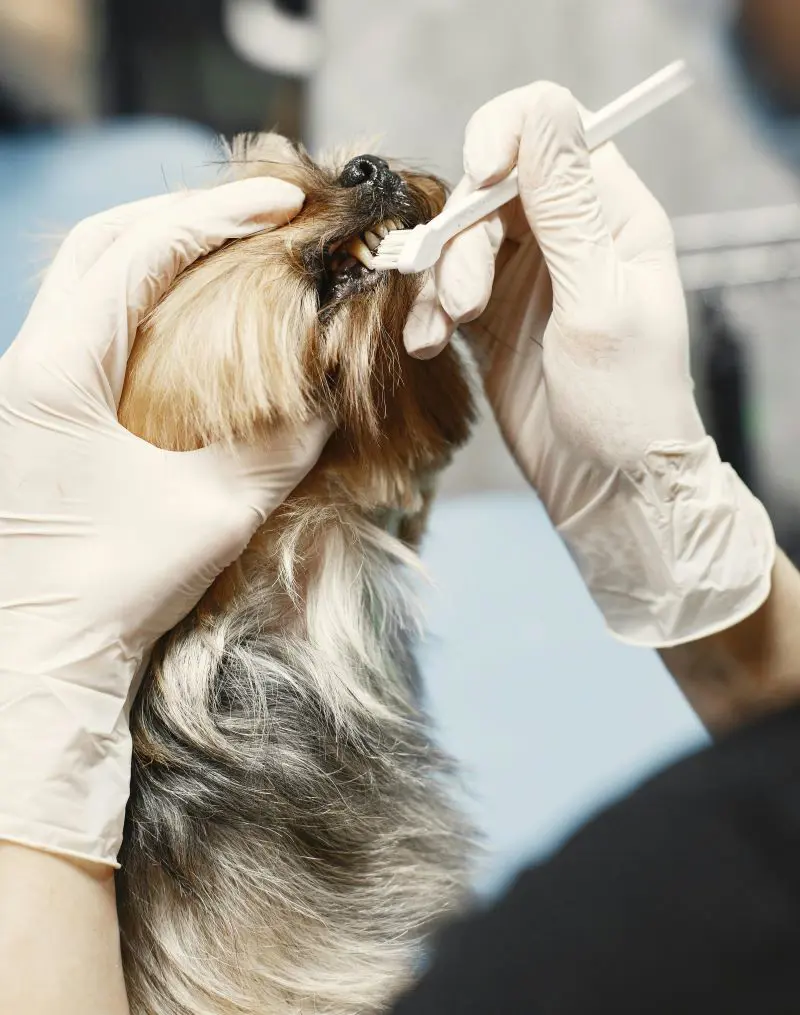Do Dogs Smile? 18 Reason On Why They Do So

People question if dogs can smile like humans. They don't all grin the same way, but their expressions can tell us if they're happy, thrilled, or relaxed. We could believe they're smiling because their body is relaxed, their tails are wagging, and the corners of their mouths are up.
This smile frequently occurs when they are playing or receiving cuddles, indicating that they are happy and want to be our friend. If we want to understand why dogs smile, we must consider their emotions, how they communicate with us, and how they develop to express delight and affection.
1. Happiness
When a dog is truly delighted, they frequently display a smile. The lips are slightly tilted, my eyes are softening, and the mouth is relaxed and open. Dogs can be happy for a variety of reasons, such as being with their favorite people, doing things they enjoy, and having positive interactions.
A dog with a pleased smile usually has a wagging tail and a comfortable stance. A dog's smile in these situations is a direct reflection of their emotional health and happiness, as well as their level of enjoyment with their current activities and surroundings.
This happy face promotes a sense of reciprocal joy and deepens the link between canines and their human companions.
2. Playfulness
Dogs frequently display a smiling face during playtime to convey their happiness and enthusiasm. They typically display this amusing grin when playing fetch, tug-of-war, or romping around with other dogs or their owners.
The canine's wide-open smile, lively body language, and sparkling eyes convey that it is enjoying itself and is present in the moment. A dog's life must include playfulness since it promotes both their emotional and physical well-being.
Owners may keep their dogs busy and content by recognizing and rewarding their playful smiles. This will enhance the link between the dogs and reinforce the wonderful emotions that come with play.
3. Contentment

When a dog is pleased and sleeping comfortably, it sometimes displays a smiling expression. This content smile, with its mouth slightly open and its demeanor composed, indicates that the dog feels safe, comfortable, and at ease in their surroundings.
A stable routine, regular meals, and being in a familiar and comfortable environment are just a few of the things that might lead to contentment. This happy face gives insight into the dog's general state of well-being and pleasure with life.
Providing a caring environment, regular care, and lots of opportunities for fun and relaxation are all important components of ensuring a dog's contentment and long-term happiness.
4. Affection
When dogs are happy and feel loved, they frequently smile, especially when playing or getting petted by their favorite persons. This grin is typically accompanied by a relaxed body, a cheerful tail wag, soft eyes, and floppy ears.
It's their way of expressing how much they love the occasion and how close they feel to you. Dogs need these demonstrations of affection because they feel safe and cherished when they are caressed. Interestingly, this smiling tendency may be an evolutionary adaption, according to some scientists.
Friendly dogs may have received more love and attention from people, which strengthened their relationships and eventually resulted in the unique link we have with them now.
5. Relaxation
A relaxed dog may show signs of a smile, such as a gently turned mouth. Dogs with this expression are frequently found relaxing in their favorite bed or a bright area on the floor.
The dog appears at rest and to be relishing a moment of peace based on its loose, relaxed body position and easy smile. A dog's general health and well-being depend on having a space where they may decompress and rest.
By acknowledging this carefree grin, owners can make sure their dogs get lots of chances to relax and recover, which helps them lead balanced and happy lives.
6. Bonding

They may smile during bonding sessions with their owners, expressing their devotion and joy. This bonding smile is frequently visible during shared activities like petting, grooming, training, or just spending quality time together.
The expression is defined by a relaxed, open mouth and a soft disposition, indicating the dog's satisfaction and enjoyment in the company of their favorite people. Bonding moments are essential for establishing trust and a strong emotional connection between dogs and their owners.
Recognizing and developing these smiles allows owners to guarantee that their dogs feel loved and secure, reinforcing the good aspects of their relationship and adding to the dog's general well-being and happiness.
7. Greeting
Dogs welcome their human companions with a unique look that can often be interpreted as a smile in canine communication. To further emphasize the dog's happy emotional state, this greeting smile is typically accompanied by a wagging tail and joyful body gestures.
Dogs naturally welcome people by waving their tails, jumping, or making vocalizations. These behaviors indicate their happiness and desire for social engagement. Acknowledging and returning this smile of greeting promotes a stronger emotional bond between dog and owner.
By giving affection back in the form of caressing, playtime, or even just verbal praise, you can reinforce the relationship between you and your dog and give it the comfort it needs. This is what makes the human-dog link so strong.
8. Social Interaction
Dogs will smile when they have a positive social encounter with people or other dogs, which indicates that they are happy and satisfied. This gregarious grin is frequently observed when participating in group activities, going on dog playdates, or meeting new people.
The dog appears content and at ease in the social environment based on its open-mouthed look, loose body posture, and amiable manner. A dog's mental and emotional well-being depends on socialization, which boosts their self-esteem and lowers anxiety.
Owners can guarantee their dogs have plenty of opportunities for pleasant interactions, which enhances their general pleasure and well-being, by identifying and rewarding these social grins.
9. Attention

Dogs frequently smile when their owners or other people give them attention. Their delight and satisfaction are reflected in this expression, which is defined by a relaxed mouth and slightly lifted lips.
They can receive attention by playing, caressing, chatting, or just spending time with their favorite people. The dog looks happy and content since the positive encounter strengthens their link with their owner and gives them emotional fulfillment.
Breeds that are gregarious and loving and that thrive on human contact stand out for this reaction. Dogs eventually pick up on the fact that making a smiling expression might get them more love and attention, which motivates them to continue engaging in social interactions.
10. Learned Behavior
Owners who positively respond to a dog's relaxed, open-mouthed demeanor with treats, affection, or praise inadvertently create a reward system. The dog learns to associate this relaxed expression with positive reinforcement, leading to the repetition of the behavior in anticipation of similar rewards.
Over time, this conditioning process establishes a connection between "smiling" and receiving desired attention from the owner. The dog may strategically adopt this expression more frequently to strengthen the human-animal bond and secure positive interactions.
This learned behavior highlights the remarkable adaptability of canine communication, where dogs modify their expressions to effectively solicit desired responses and solidify their connection with their human companions.
11. Mimicking Human Emotions
Through millennia of domestication and co-evolution, dogs have developed a remarkable ability to perceive and respond to human emotions. This includes mimicking human facial expressions, such as smiling.
This capacity to read and mirror human emotions likely arises from the close social bond established between dogs and humans. When owners exhibit happiness through smiles, dogs may reciprocate this expression, demonstrating their empathy and social intelligence.
This mimicry fosters a deeper connection between dogs and their owners. By responding to positive emotional cues with corresponding behaviors like smiling, dogs showcase their understanding and alignment with their humans' feelings, solidifying their role as valued companions and emotional confidantes.
12. Enjoyment of Treats
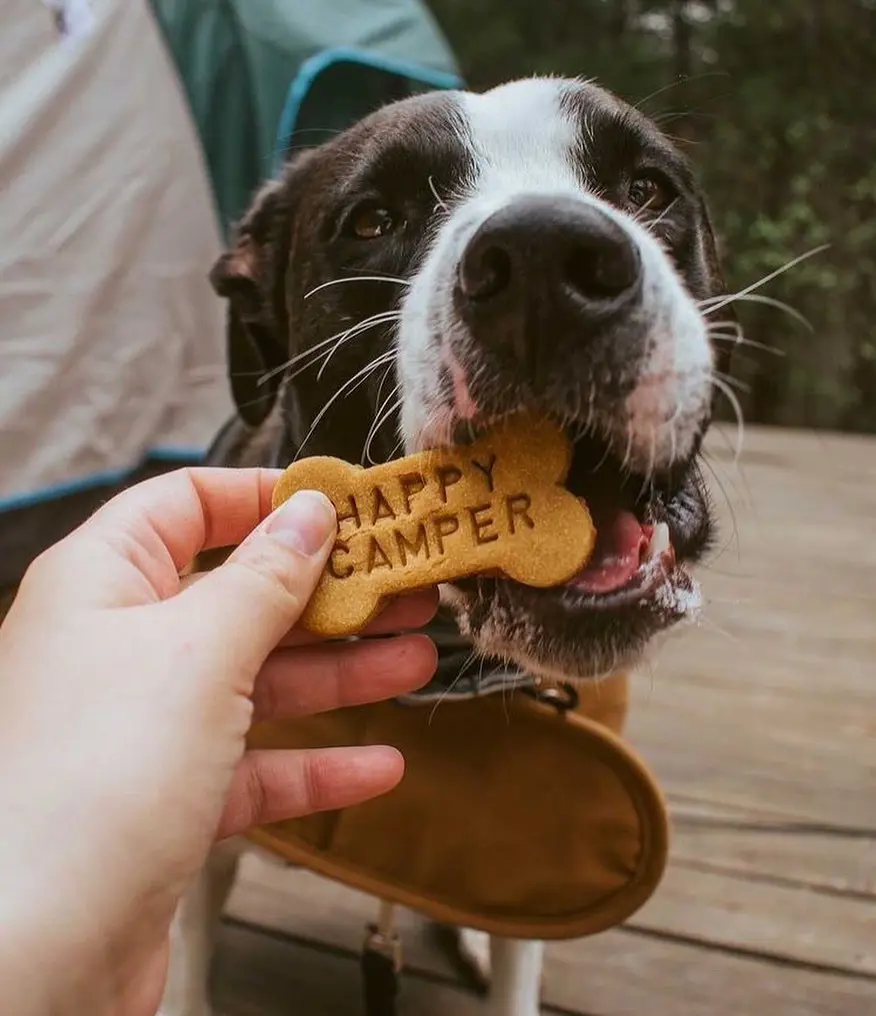
Dog expressions that are perceived as smiles are associated with the expectation and pleasure of goodies. In dogs, the sensory experience, whether it be gustatory, olfactory, or visual, causes them to feel happy. A comfortable stance and an open mouth are the visible signs of this joy and pleasure.
Their genuine happiness and contentment are reflected in this smile. To further emphasize their happy emotional reaction, receiving a reward is frequently followed by a wagging tail and excited behavior.
Through positive reinforcement, treats serve as potent motivators and rewards for desired actions, strengthening the link between humans and dogs. A dog's smile provides a visible window into their emotional condition; it shows their sincere and instant response to something enjoyable.
13. Feeling Safe
Beyond vocalizations, facial expressions are an important part of canid communication. A loose, lips-opening gesture that's commonly mistaken for a smile, but actually represents a dog's sense of security and satisfaction.
This feeling of security may result from being in known environments, having a set schedule, or having reliable friends nearby. Dogs are more likely to display calm body language in a safe atmosphere, such as slightly open mouths and upturned lip corners.
This expression shows a stress- and anxiety-free dog and provides a window into their emotional condition. Recognizing these visual clues emphasizes how crucial it is to give our dogs a safe haven, which eventually enhances their general well-being and mental well-being.
14. Exploring
Whenever dogs explore new places or take part in interesting activities, they frequently appear to smile. A carefree, open-mouthed look that mimics a smile might result from the joy and curiosity of experiencing new smells, sights, and experiences.
This is a normal tendency when going on treks or excursions or just having fun in new places. Exploration brings happiness and excitement that enriches both the mind and body, which benefits a dog's general well-being.
This smiling expression highlights the value of various and interesting experiences in keeping a happy and healthy pet by expressing the dog's excitement and involvement with their surroundings.
15. Sunbathing
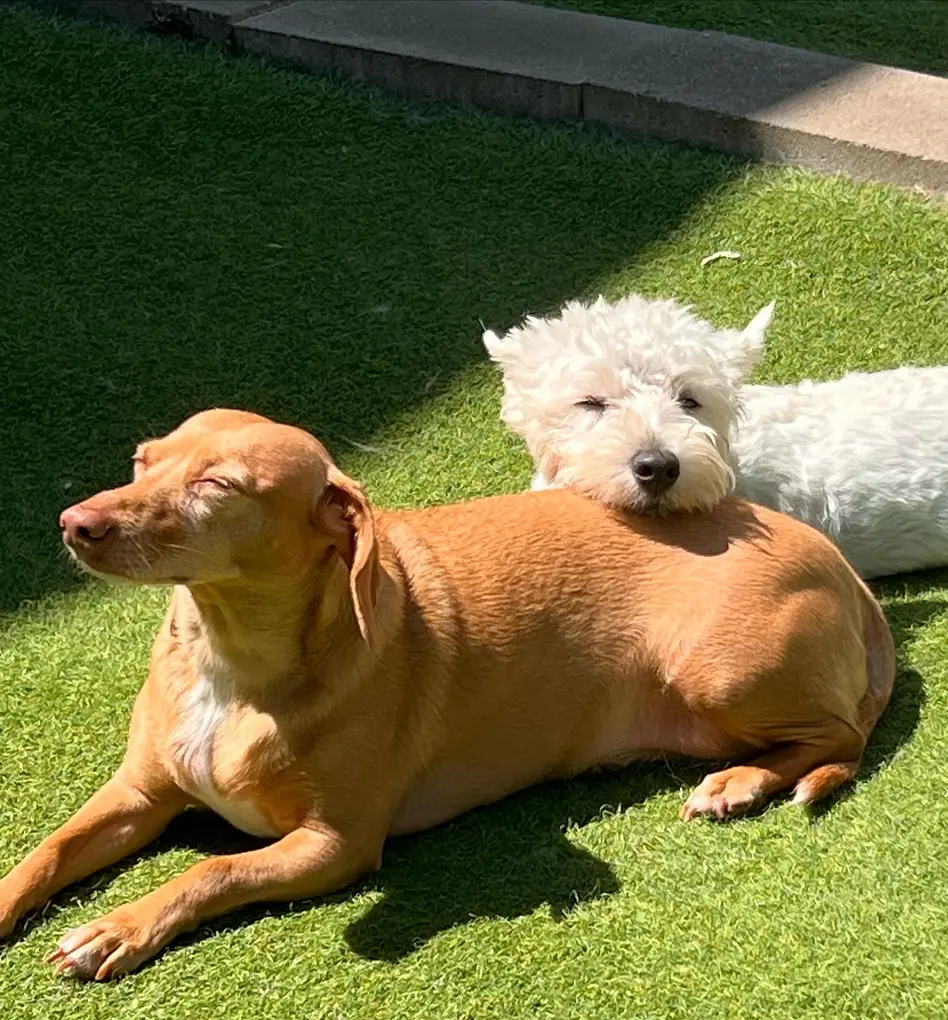
Canine expressions interpreted as smiles can emerge during sunbathing sessions. The warmth and comfort of the sun induce a state of profound relaxation and contentment in dogs. Sunbathing allows them to thermoregulate, soaking up heat that soothes muscles and joints, leading to an overall sense of well-being.
This relaxed state is often manifested by a slightly open mouth and upturned lips, resembling a human smile. Furthermore, sun exposure facilitates Vitamin D synthesis, a crucial element for canine health.
The combination of physical comfort, improved health benefits, and the inherent pleasure of basking in the sun's warmth can lead to visible expressions of happiness. These smiles highlight the simple joys that contribute significantly to a dog's overall quality of life.
16. Positive Reinforcement
They can learn to smile through positive reinforcement, where good behaviors are rewarded with treats, praise, or affection. When a dog shows a relaxed, open-mouthed expression, owners might respond with attention and rewards, encouraging the behavior.
Over time, dogs start to connect smiling with getting treats and affection, so they do it more often. This process shows how effective positive reinforcement is in shaping a dog's behavior.
By consistently rewarding the behaviors they want to see, owners can teach their dogs to show a smiling face. This not only strengthens the bond between the dog and the owner but also helps the dog become happier and more well-adjusted.
17. Trust
This relaxed, open-mouthed expression often appears when dogs feel secure and confident in their environment, reflecting a deep sense of safety and well-being. The foundation of trust is built through consistent positive interactions, reliable care, and a stable environment.
When dogs trust their owners implicitly, they are more inclined to display open and relaxed body language, which may include a smiling face. This expression underscores the significance of fostering a trusting relationship for a dog's emotional well-being.
It signifies their unwavering confidence in their owner's ability to provide protection, affection, and care, ultimately contributing to a happy and secure canine companion.
18. Natural Expression
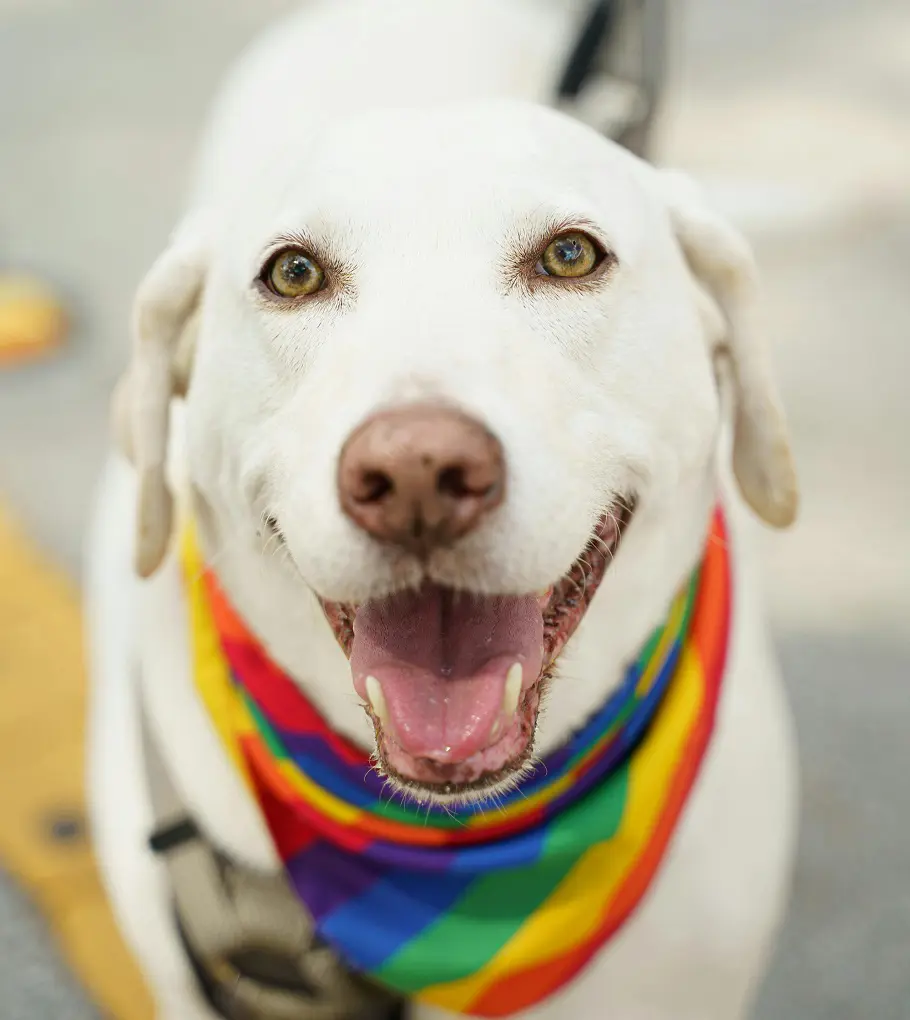
Canines come in all shapes and sizes, and some breeds naturally have faces that look like they're always smiling. This isn't because they're constantly happy, although we hope they are, but rather because of the shape of their lips, jawline, or mouth.
For instance, breeds like Samoyeds or Golden Retrievers often appear to be grinning even when they're relaxed. This smile is simply how their face is built, and it doesn't necessarily reflect their mood.
However, their owners often see this expression as a sign of their dog's friendly and content personality. So next time your furry friend seems to be perpetually smiling, remember it might just be their unique way of looking at the world.
Top Lists
